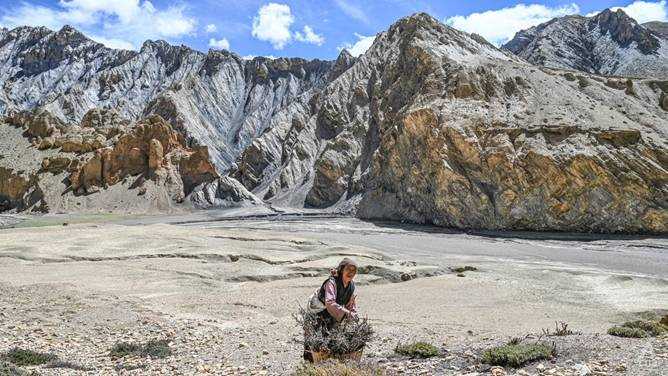
Yahoo News - Dozens of UK flights were cancelled on Saturday as Storm Kathleen brought winds of up to 70mph and triggered the warmest day of the year so far.
About 140 flights departing and arriving at UK airports were cancelled, leaving travellers stranded in Edinburgh, Belfast, Manchester and Birmingham. The Met Office also issued a yellow weather warning for the north-west and south-west of England and parts of Northern Ireland, Scotland and Wales.
Temperatures reached 20.9C in Santon Downham, Suffolk, making it provisionally the hottest day of the year, as warm air poured in from the continent.
Ellie Glaisyer of the Met Office said: “The storm is the reason we are seeing the warmer temperatures because its location – situated out towards the west of the UK – is bringing a southerly wind across the UK. Almost anywhere is going to see above-average temperatures.”
Storm Kathleen is likely to ease by Saturday evening.
Related Stories
However, another weather system heading towards the south-west is expected to replace it, Glaisyer added. “Outbreaks of rain through Monday will mainly affect western parts of the UK.”
In Ireland last night, about 12 000 customers were still without electricity out of 34 000 who lost their power supply during the day when Kathleen struck, while P&O Ferries cancelled sailings between Larne in Northern Ireland and Cairnryan in Scotland. Parts of Scotland experienced particularly high winds, with gusts of 98mph recorded in the Highlands.
The Environment Agency issued 14 flood warnings – where flooding is “expected” – and 113 flood alerts in England on Saturday, with National Resources Wales issuing a further six flood alerts. The Met Office warned of injuries and danger to life from “large waves and beach material being thrown on to seafronts, coastal roads and properties”.
RAC Breakdown spokesperson Rod Dennis said: “This intense period of stormy weather is going to prove extremely challenging for anyone driving on the western side of the UK.
“We strongly urge drivers to avoid exposed coasts and higher routes where the impact of the very strong winds is most likely to be felt.”




















Leave Comments